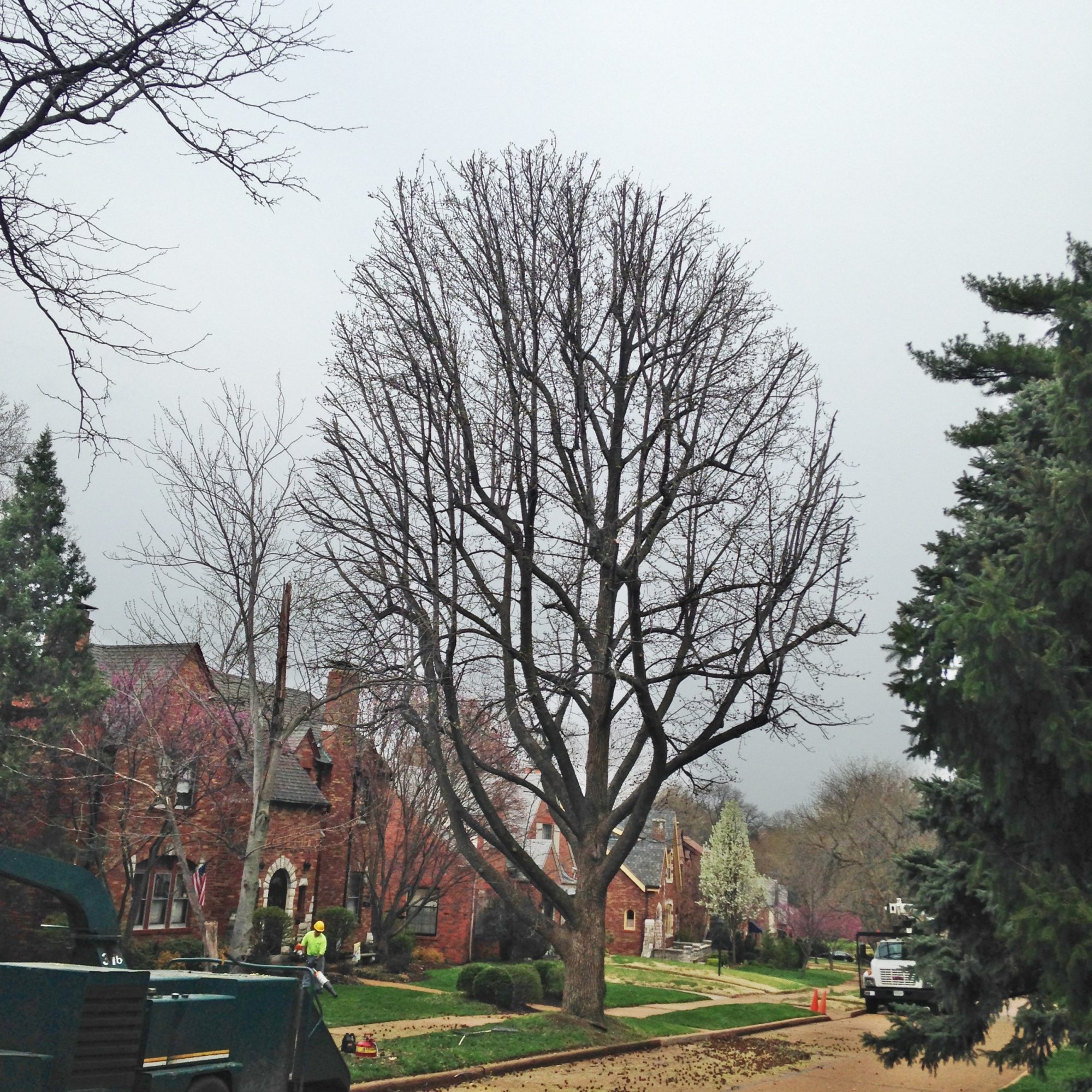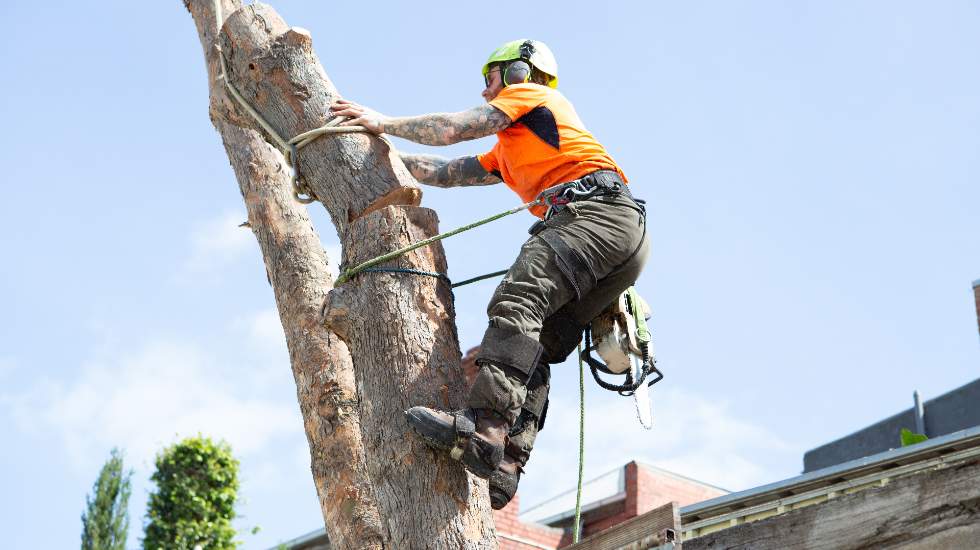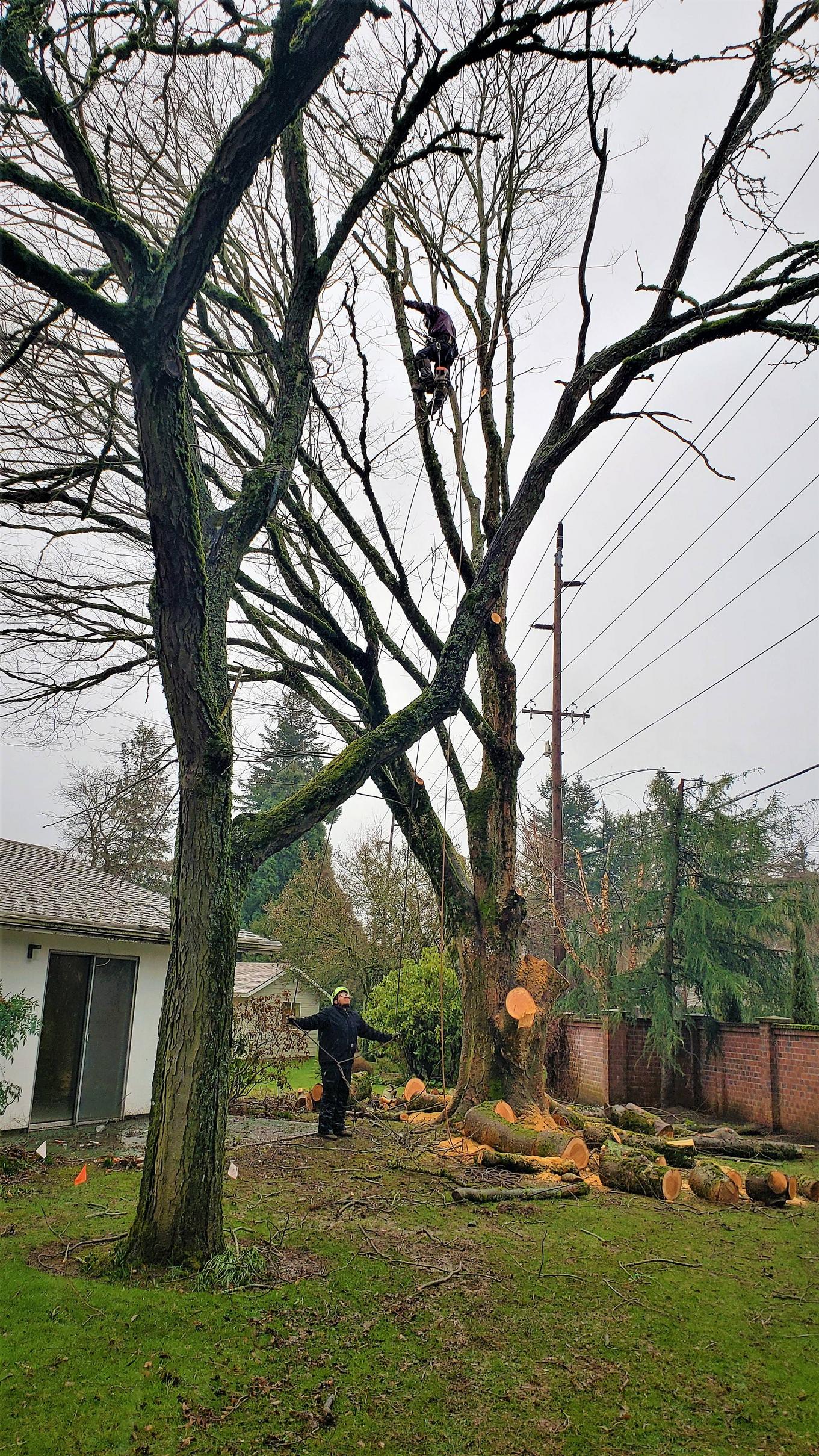Qualifications and Experience of a Tree Surgeon
[ad_1]
Before choosing a Tree Surgeon, it is important to consider his or her qualifications and experience. This includes expertise in arboriculture, hazard assessments, tree pruning, and tree felling. It is also important to consider if the tree surgeon has a certificate in climbing work. This will provide additional assurance that the surgeon is a licensed and professional tree worker.
Expertise in arboriculture
An arboriculture expert has the necessary knowledge and skills to safely and effectively work around trees. As such, they must have a high level of stamina and initiative. They must also be passionate about the work that they do and be willing to go above and beyond to achieve their goal. They work with a team of professionals to help keep trees healthy and safe. They often face new challenges on a daily basis.
The job of an arborist is a lot like that of a medical doctor. They are trained to assess the health of trees and find the right solutions for specific problems. They have specialized training in arboriculture and have the necessary qualifications to safely cut, prune, and remove trees. They also specialize in the safe removal and disposal of tree stumps and other woody plants.
Expertise in hazard assessments
Expertise in hazard assessments for tree problems is critical, because a failing tree can pose a risk to people and property. Some problems can be obvious, while others can be very subtle. Either way, any tree with problems should be removed immediately. Some signs of a failing tree include: a low hanging branch, a lopsided growth pattern, or a tree that is leaning too far. In addition, a tree with a large number of branches that are out of proportion to its size may pose a danger.
While all trees present some risk, some are higher risk than others. A high risk tree can cause serious injury or property damage. Arborists are specialized professionals who have the experience and knowledge to assess the risks associated with a tree. They are trained to look for symptoms of decay, fungal activity, and fallen branches that may pose a risk. They also know the impact of soil, water, and construction on a tree’s condition. They can also recommend a strategy to reduce a tree’s risk.
Expertise in felling
Expertise in felling is vital if you want a tree surgeon to safely cut down a tree. This can be a dangerous job and requires a great deal of precision. The person carrying out the work will also need to be certified and be trained in the correct techniques for climbing and working at heights.
There are many techniques used during felling, but the most common technique is creating a notch in the trunk. A well-executed cut will position the static load of the tree and the sawyer will be able to accurately control the direction of its fall. Performing this operation correctly is crucial, as a misstep can lead to extensive property damage and even harm to bystanders.
Expertise in grafting
If you want to grow fruit trees, you may want to learn how to perform a graft. This process involves cutting branches from a tree in various locations. This step requires a steady hand and good eyesight. Experts often have extensive experience and can offer tips and tricks for grafting.
A white spruce graft puts on little growth within two years after grafting. But by using techniques like manipulation of day length and use of cold storage, it can produce a small amount of growth in that time. Greenwood (1988) studied ways to speed up the process of early growth. One of his methods involved using an 18-hour photoperiod and manipulating day length.
When grafting a tree, it is important to use the right rootstock and scion. Both the scion and rootstock must be compatible, and the same species or genus is preferred. The rootstock is the lower part of the plant, and the scion is the higher part of the stem. The graft union is a bump that forms near the base of the scion.
[ad_2]


